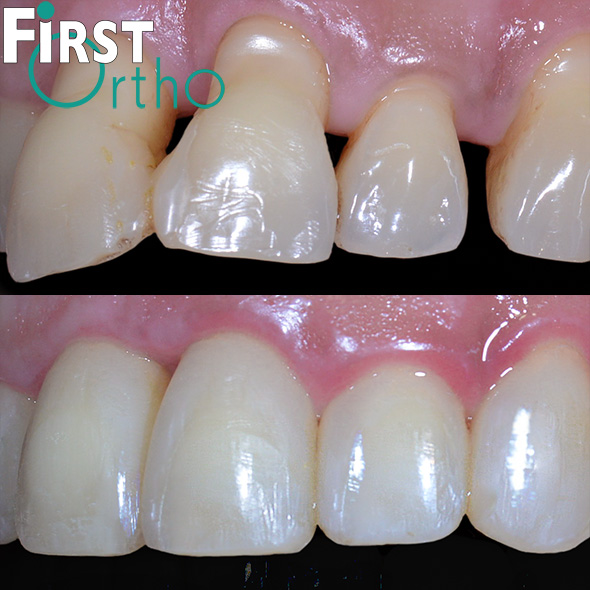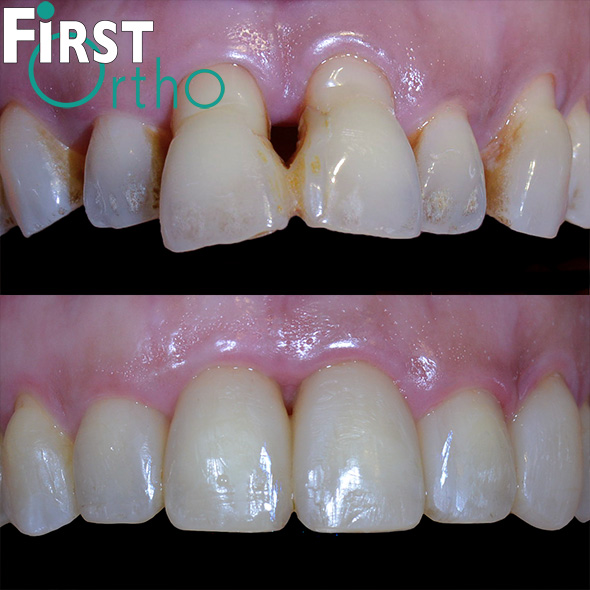Periodontal Disease in Adults
Periodontal disease and orthodontics have an interesting and complicated relationship. While orthodontics can help in the management of periodontal disease, poor maintenance can make things worse! This is why we spend time at every visit focusing on your oral health.

Periodontal Disease and Orthodontics
Crooked teeth can contribute to the development and treatment of gum disorders.
Poor oral hygiene and abnormal occlusal forces could result in the fairly rapid development of periodontal pockets, bone loss and gum recession. To protect individuals predisposed to periodontal disease we work with specialist periodontists, dental practitioners and hygienist services to ensure optimal gum health.
We evaluate gum health at every visit and request patients bring their toothbrushes so that we may assist with care of awkward areas in the mouth. We even advise on how to avoid recession due to over-brushing or use of hard toothbrushes.
However, gum disease is more than just ‘brush your teeth’! It is important to understand gum disease and recession depends on a patient’s immune health and predisposing factors.
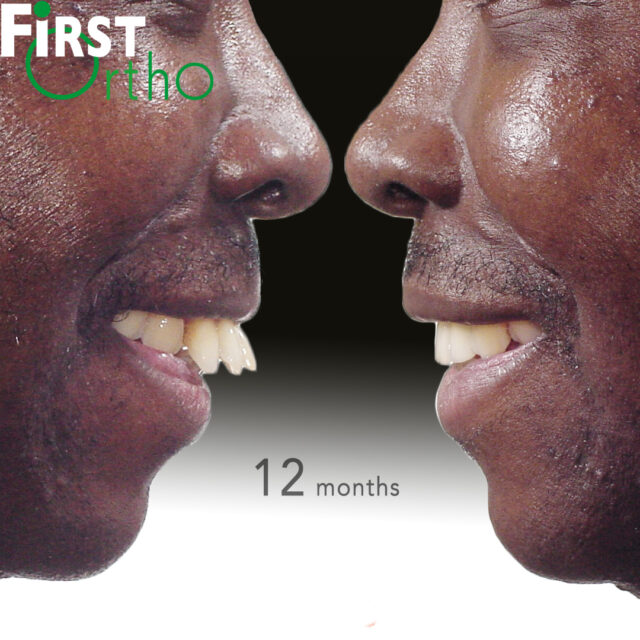
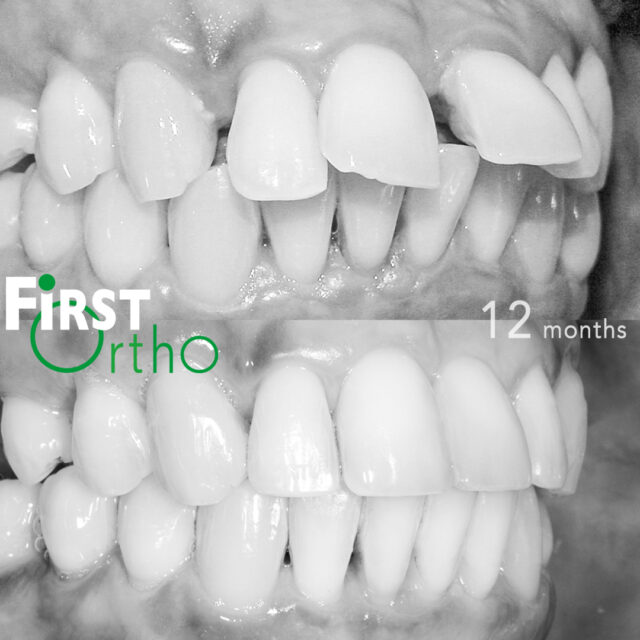
The Immune Response
The interactions between the genetics of gum tissue and oral hygiene is complex.
Some people are “resistant to organisms that cause periodontal disease.” In others, the immune system will respond aggressively to kill the bacteria and produce a lot of chemicals which will have a collateral damage to healthy tissue. In its effort to defend the gums it can worsen the situation.
Asians and certain Afro-Caribbean groups have higher unfavourable immune reactions which can make them more vulnerable. The immune system is also altered during pregnancy and complicated by hormones that loosens the collagen tissues that make up the gums and periodontal tissues.
Stress is another factor that has been shown to have an unfavourable factor, particularly in adults and those with diabetes.
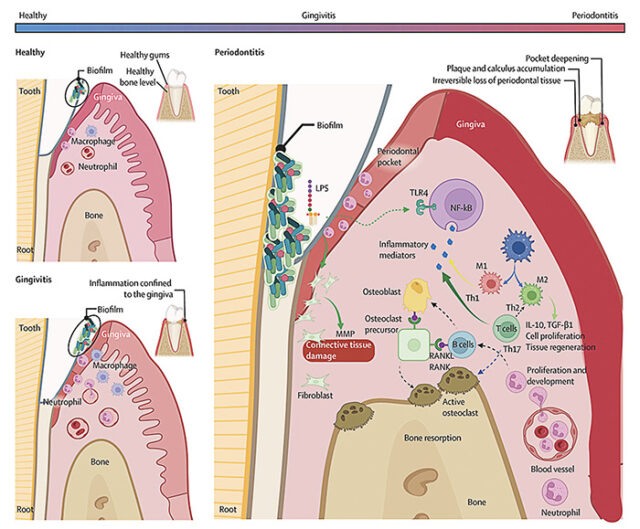
Periodontitis and its Systemic Toxic Effects
Several lines of evidence suggest that systemic immune reprogramming and activation occur in patients with periodontitis with adverse effects of myocarditis, colitis, diabetes, rheumatoid arthritis and Sjogrens syndrome.
This is a complex area which can be researched via: Research link
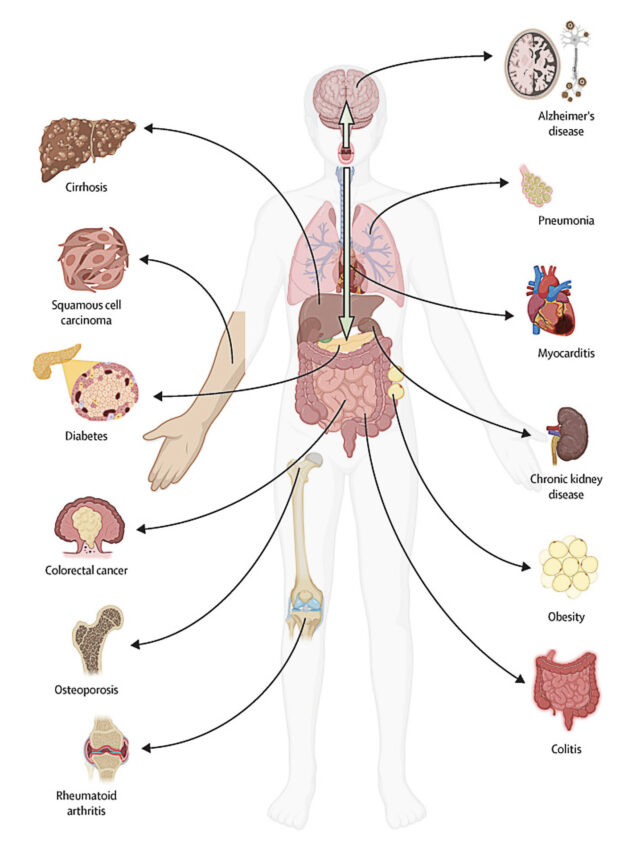
Local Anatomy
Even with straight good looking teeth, the shape can make oral hygiene more challenging.
First molars and premolars frequently will have interdental groves that will harbour plaque. This is why we advise due to Tepe Interdental Easy Pics or brushes to prevent gum disease.
Predisposing factors such as irregular teeth, dental work with crowns, veneers, bridges and even bonded retainers can makes oral hygiene more challenging.
